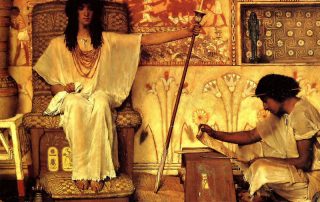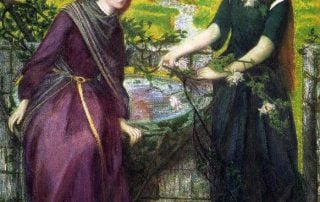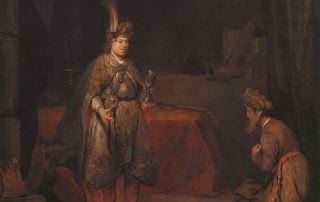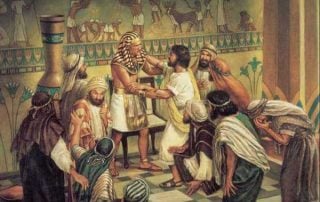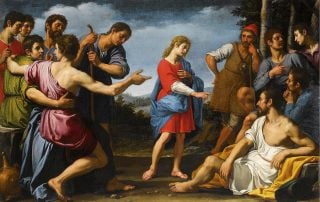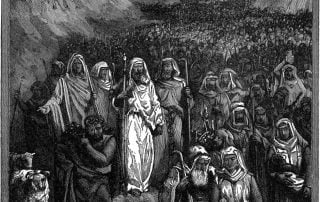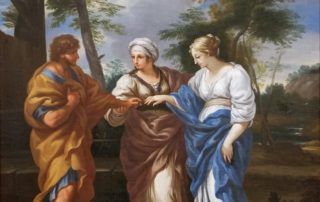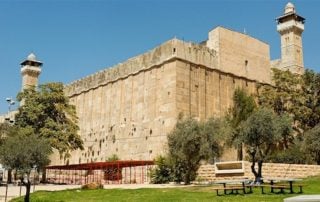Joseph’s Birth—A View From Quantum Mechanics and Biology
And afterwards she bore a daughter, and called her name Dinah. (Genesis 30:21) In my previous essay, “The Conflict Between Joseph And His Brothers—A Gender Theory,” I suggested that Joseph exhibited some proclivity to feminine behavior in his youth. This impression can be naturally inferred from the verses and supported by traditions in Kabbalah related to Isaac, Joseph, and Benjamin, as we discussed in that essay. To be sure, Joseph outgrew his feminine tendencies (perhaps assisted by the tough love shown to him by his brothers). He matured into a man who was not only a husband, a father, and the de facto ruler of Egypt, but an archetype of masculinity and a paradigm of piety, for which he earned the designation of Joseph, the Righteous (Yosef HaTzadik). Moreover, spiritually, Joseph personified Yesod [...]

